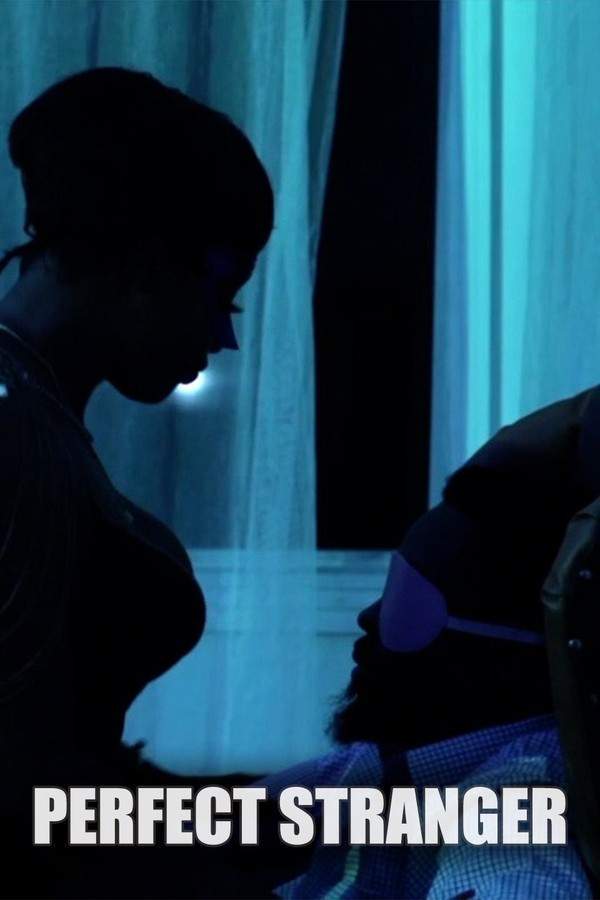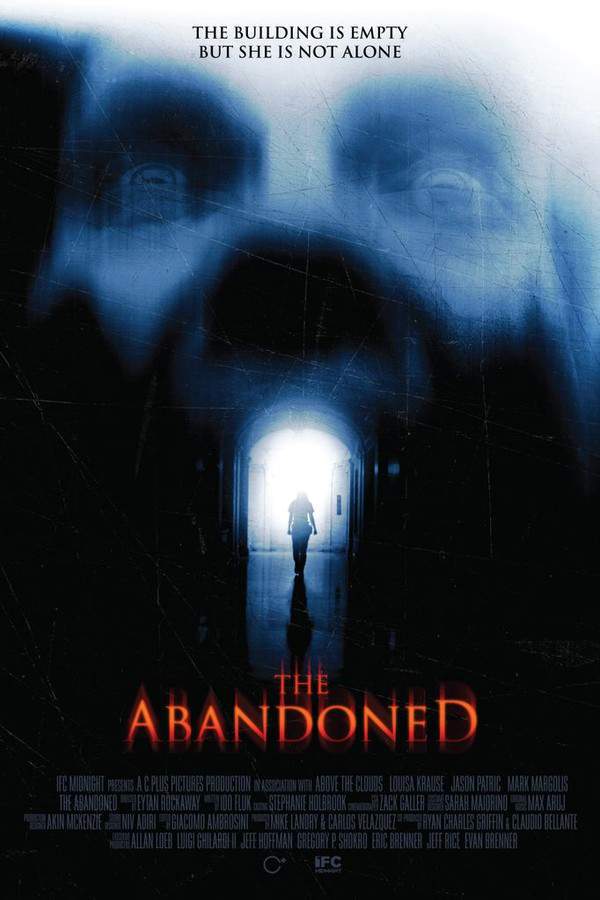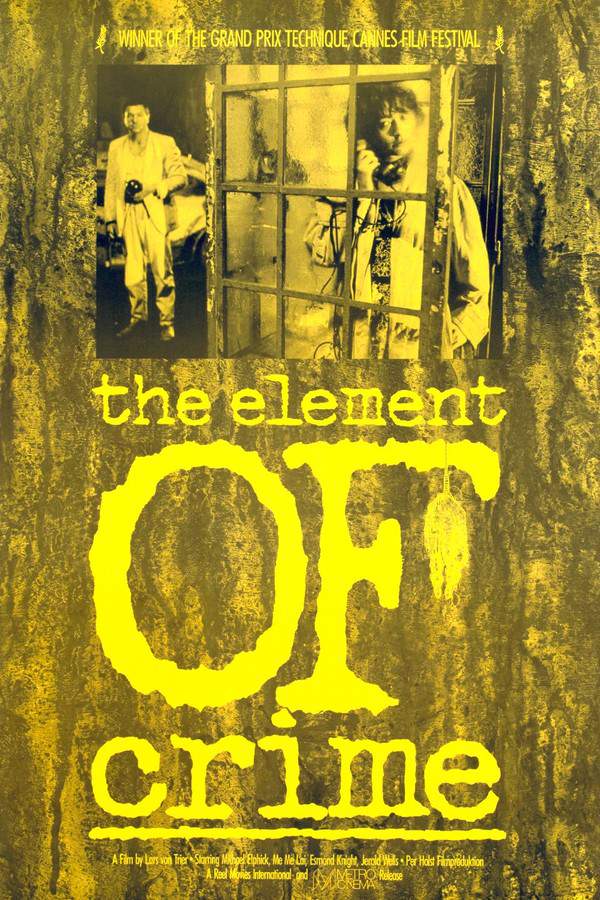
Waking Madison
Year: 2011
Runtime: 89 mins
Language: English
Director: Katherine Brooks
What is Real? A woman suffering from multiple personality disorder tries to piece back together her life.
Warning: spoilers below!
Haven’t seen Waking Madison yet? This summary contains major spoilers. Bookmark the page, watch the movie, and come back for the full breakdown. If you're ready, scroll on and relive the story!
Waking Madison (2011) – Full Plot Summary & Ending Explained
Read the complete plot breakdown of Waking Madison (2011), including all key story events, major twists, and the ending explained in detail. Discover what really happened—and what it all means.
In New Orleans, Madison is overwhelmed by despair and teeters on the edge of suicide until she agrees to meet with Dr. Elizabeth Barnes, a clinician who records each patient interview on video. The sessions unfold like a fragile diary, and Madison gradually shares details about a life entangled in trauma she has kept tightly hidden.
During one interview, Madison confesses that there is “a little girl” she is not allowed to talk about, a presence she fears will provoke anger or harm from someone she cannot name. Dr. Barnes listens, but the identity of the person Madison fears remains unclear, leaving both the doctor and the viewer with a shadowy mystery at the center of her distress.
As the sessions continue, another patient steps into the frame: Alexis. Alexis reveals a history of abuse at the hands of a priest, a confession she says her mother did not believe. She describes a disturbing image—wearing a thorny crown on her head, slitting her wrists and feet, and insisting that she tried to emulate Jesus—an arresting and unsettling portrait of trauma that unfolds in stark, almost symbolic terms.
Next comes Grace, who recounts a brutal arc of violence and loss: she was raped at thirteen, the man involved killed himself, and a failed abortion attempt at sixteen left her unable to have children. Her story is told with the blunt honesty of someone who has carried the consequences of that past into her present.
Another patient, Margaret, appears resistant at first, clearly unsettled by the process and reluctant to be interviewed. When she does speak, she describes a strict, claustrophobic life in which her mother forced her to read the Bible in a closet, a detail that underscores the severity of the control she endured.
Against this tapestry of testimonies, Madison’s own life unfolds as a troubling counterpoint. She recounts a string of experiences—having sex with strangers, smoking, and even taking what appears to be ecstasy, while also engaging with women in intimate ways. She recalls encounters with her landlord who hints at payment in kind rather than money, a demand that grows more coercive and coercive, pushing her toward dangerous choices. She even mentions drug use shared with Grace, hinting at a web of behavior that has blurred the lines between survival and self-destruction.
The interviews establish a framework in which each patient appears to be creating a personal video diary. Yet Madison herself becomes the most elusive subject: while the other women document their lives, she retracts, locking herself inside her apartment and recording her own experiences as a form of resistance, a private counter-narrative to the world outside. She fixes a chilling deadline—if answers don’t come, she plans to end her life on the thirtieth day.
Dreams and memory begin to blur the lines between sanity and nightmare. Madison experiences recurring, surreal visions: everything feels inverted, a girl’s mouth is taped, a lone hand reaches out, water drips through hallways, and strange lights flicker. She sees a reflection of herself in a mirror and imagines severing the image with her own head, only for the glass to remain intact. There is also a recurring vision of a little blonde girl who seems connected to the mystery at the heart of her distress.
A more painful memory surfaces—an image of her mother sinking Madison’s head repeatedly under water, a scene that starkly conveys the cyclical nature of trauma and the fear of losing control.
At times, Madison bristles when Dr. Barnes addresses her by name, insisting that her name is something else, only to momentarily forget what was said. A fragmented line—“She called you. She is going to die. She is not real. I am real”—shifts the narrative back and forth between identities and reality, pulling the audience into Madison’s fractured sense of self.
Suddenly, a chilling realization takes hold: the other girls—Grace, Alexis, and Margaret—appear to be manifestations of Madison herself, different dissociated personalities that have formed to survive unbearable pain. The situation takes a sharper turn when Dr. Barnes receives a call from one of Madison’s personalities, warning that Madison will die. This discovery drives the clinician to Madison’s home, where she discovers a hidden notebook beneath a mattress.
The notebook, titled “The Helper,” is filled with drawings of each girl and their names—Margaret, Alexis, Grace—along with the unsettling image of the little blonde girl and the label for what Madison internalizes as the helper figure. This discovery leads to a radical reevaluation: Dr. Barnes may not be a separate person at all, but another facet of Madison’s psyche.
With the shocking recognition that the person she trusted as her doctor may be another part of herself, Madison gains a crucial new understanding of her own mind. The revelation reframes her questions, relationships, and sense of self, and it opens the possibility that she can move forward and resist the urge to end her life on the planned thirtieth day.
In the end, the film threads a careful, emotionally charged line between memory, dissociation, and healing. It portrays how trauma can fracture identity into multiple voices, how those voices can be heard through careful listening and documentation, and how the act of naming and recognizing one’s own parts can begin to restore a sense of wholeness. The story closes not with definitive answers, but with a cautious, hopeful pivot: Madison understands that acknowledging the truth of her trauma—even when it fractures her perception of reality—can be the first step toward living again, free from the despair that once defined her days.
Last Updated: October 03, 2025 at 06:47
Explore Movie Threads
Discover curated groups of movies connected by mood, themes, and story style. Browse collections built around emotion, atmosphere, and narrative focus to easily find films that match what you feel like watching right now.
Movies about fractured psyches like Waking Madison
Stories that delve into the fragmented and often unreliable realities of a troubled mind.If you enjoyed the psychological depth and fragmented reality of Waking Madison, explore more movies like it that delve into dissociative identity disorder and unreliable narrators. These similar psychological thrillers and complex dramas focus on piecing together a broken self through memory and therapy.
Narrative Summary
The narrative in these films often unfolds in a non-linear, puzzle-like fashion, mirroring the protagonist's internal state. The central conflict is the character's struggle to reconcile fragmented memories and identities, leading to a climactic revelation about the nature of their own reality and a tentative, hard-won step towards integration.
Why These Movies?
Movies are grouped here because they share a core focus on psychological fracture, using narrative structure as a direct reflection of the protagonist's mind. They create a similar mood of anxious unease and melancholic introspection through their thematic focus on trauma and the slow, painful process of self-discovery.
Slow burn psychological thrillers like Waking Madison
Where quiet tension builds into an overwhelming sense of psychological unease.Find more movies like Waking Madison that master the art of slow burn tension. These similar thrillers and dramas use a measured pace to build oppressive atmospheres and explore heavy themes of trauma, making the psychological journey as gripping as any action sequence.
Narrative Summary
These stories unfold patiently, often focusing on a single character's internal crisis. The tension escalates gradually through conversations, memories, and subtle revelations, creating a suffocating atmosphere. The climax is typically a psychological breaking point or a shattering truth, leading to a resolution that is more about emotional reckoning than physical victory.
Why These Movies?
This group is defined by a specific mix of pacing and tone. The slow pacing allows for deep immersion into a character's psychological distress, while the dark tone and high intensity ensure the experience is emotionally heavy and gripping, rather than merely placid.
Unlock the Full Story of Waking Madison
Don't stop at just watching — explore Waking Madison in full detail. From the complete plot summary and scene-by-scene timeline to character breakdowns, thematic analysis, and a deep dive into the ending — every page helps you truly understand what Waking Madison is all about. Plus, discover what's next after the movie.
Waking Madison Timeline
Track the full timeline of Waking Madison with every major event arranged chronologically. Perfect for decoding non-linear storytelling, flashbacks, or parallel narratives with a clear scene-by-scene breakdown.

Characters, Settings & Themes in Waking Madison
Discover the characters, locations, and core themes that shape Waking Madison. Get insights into symbolic elements, setting significance, and deeper narrative meaning — ideal for thematic analysis and movie breakdowns.

Waking Madison Spoiler-Free Summary
Get a quick, spoiler-free overview of Waking Madison that covers the main plot points and key details without revealing any major twists or spoilers. Perfect for those who want to know what to expect before diving in.

More About Waking Madison
Visit What's After the Movie to explore more about Waking Madison: box office results, cast and crew info, production details, post-credit scenes, and external links — all in one place for movie fans and researchers.































